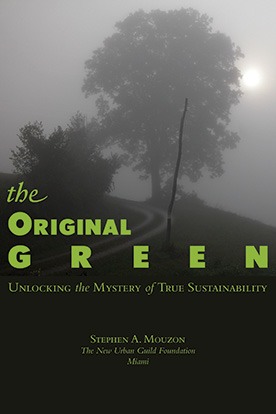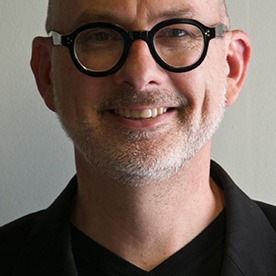search the Original Green Blog

garden side of Destrehan Plantation in Louisiana, where I'm working this week as an instructor at the Culture of Building Summer Program, sponsored by the Prince's Foundation for Building Community
Preservation's current identity crisis is a result of the fact that we have not yet figured out what it is that we're preserving. This crisis began with some preservationists' infatuation with Brutalism. This is monumentally ironic, because it was the destruction of lovable historic buildings in the Brutalist era that gave birth to the modern-day preservation movement. Now, we're advocating for the preservation of precisely the sorts of things that disgusted us so badly that we banded together in the beginning!* Is our mission to preserve lovable buildings, or simply to preserve everything from the lovable to the detestable so long as they are iconic examples of their breeds? Put another way, are we as preservationists trying to be curators of style, from the resonant to the ridiculous, or are we instead more interested in making our cities and towns better places to live?

As for Brutalism in particular, that the style was aptly named. The brutality of its forms and its surfaces is unparalleled in the history of human construction. Don't we have too much brutality around us already? Why preserve more of it? I'd rather live in a place populated with civil buildings, not brutal buildings, wouldn't you?
These questions, however, gloss over the deeper underlying question that nobody seems to be considering: Which is best, to preserve the artifacts created by a tradition, or to preserve the tradition itself? I just had breakfast with John Anderson, who put it this way: "If I want to preserve this dish, I've got to encase it in amber or something, and then it's not good eatin'. But if I preserve the culinary tradition that created this dish, then that tradition may produce a nearly endless supply of dishes like this."
We know how to preserve artifacts, and have gotten pretty good at it. It can be time-consuming and expensive, to be sure, but it's not impossible. And if the tradition that produced that artifact is now dead, then we're unlikely to get any "more where that came from." So if we love that artifact, then our only choice is to preserve it.

But what about preserving a tradition? If it is a living tradition, then we have two choices: We can either preserve it in its current state, or we can preserve its life. To preserve a living thing in its current state, you have to kill it. If you would have wanted to preserve me as I was at seven years old, for example, you would have had to kill me and then embalm me because I have now transformed into someone quite different from the person I was at seven.
You kill a living tradition by formalizing it into a style, writing up the rules of the style as of today, publishing a pattern book for that style, and then enforcing conformance to the pattern book. Forevermore, if you build in that style, you follow those rules. So a building built by those rules today and one built by those rules a century from now might look indistinguishable from each other.
Preserving the life of the tradition is a very different thing. Living things evolve throughout their lives, from infancy to puberty to adulthood to old age. And it's not clear quite what sort of adult an infant might grow into. We are learning how to help traditions live again, I believe. I'll blog soon about how we're doing this in the Bahamas.

Historic districts preserve traditions in their current state by killing them. As a matter of fact, historic districts should be thought of as "architectural formaldehyde". If the traditions that created the buildings in that district have died, then that's the best we can do today. But that's not the highest standard, which would be to foster a new living tradition that picks up where the dead traditions left off. New living traditions, therefore, should be the highest goal of the preservation movement, and it's high time for this aspiration to enter the preservation discourse.
~Steve Mouzon
PS: The next part of this story will address the Venice Charter and the Secretary of the Interior's standards, but if you want to get a head-start on that discussion, check out Steve Semes' work, which is the most clear-headed discussion I'm aware of on these issues.
* I was only a toddler when the modern-day preservation movement began in the US; I am therefore speaking broadly of preservationists of all generations from then until now.


